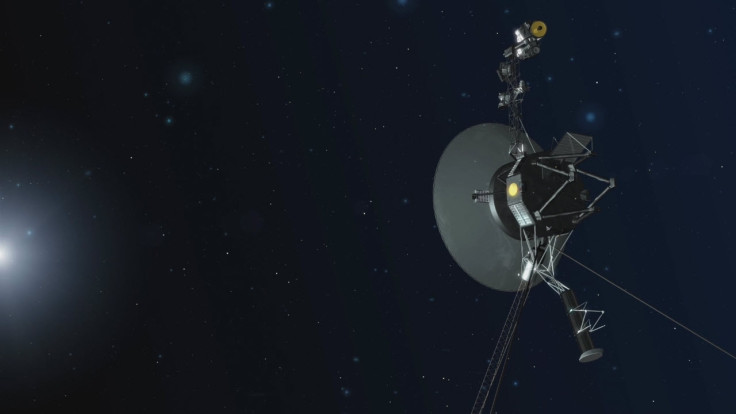Voyager 1 to live a little longer as Nasa fires spacecraft's backup thrusters after 37 years
Nasa fired the dormant Voyager 1's thrusters for the first time since 1980.
Nasa has fired the backup thrusters of Voyager 1, it's fastest and farthest space probe travelling through interstellar space, and effectively "extended its life".
Launched in 1977, Voyager 1 is the only spacecraft that has managed to cross the bounds of our solar system. It is some 21 billion kilometres away from Earth and is still travelling through deep space while sending telemetry data back to the space agency.
However, over the past three years, scientists at Nasa noticed that the main "attitude control thrusters" of the spacecraft, which reorient its antennas towards our planet and help with communication, had been wearing out with time.
They looked for possible solutions and finally settled for starting a set of four thrusters that are identical in size and functionality but have been dormant for 37 years.
"The Voyager flight team dug up decades-old data and examined the software that was coded in an outdated assembler language, to make sure we could safely test the thrusters," Nasa Jet Propulsion Laboratory (JPL) chief engineer Chris Jones said.

Known as the Trajectory Correction Manoeuvre (TCM), these thrusters were last used in 1980 when the probe was flying towards the outer reaches of the solar system, passing by planets like Jupiter, Saturn and their moons. However, the thrusters were in a continuous firing mode at the time.
After almost four decades, researchers at Nasa have now managed to bring the thrusters to life for the first time. They reconfigured the whole system to fire 10-millisecond pulses, or brief bursts, to orient the spacecraft on 28 November and received the signals of the successful firing after nearly 20 hours on 29 November. This, as Nasa described, should "be able to extend the life of the Voyager 1 spacecraft by two to three years".
"The Voyager team got more excited each time with each milestone in the thruster test," said Barber, a JPL propulsion engineer. "The mood was one of relief, joy and incredulity after witnessing these well-rested thrusters pick up the baton as if no time had passed at all."






